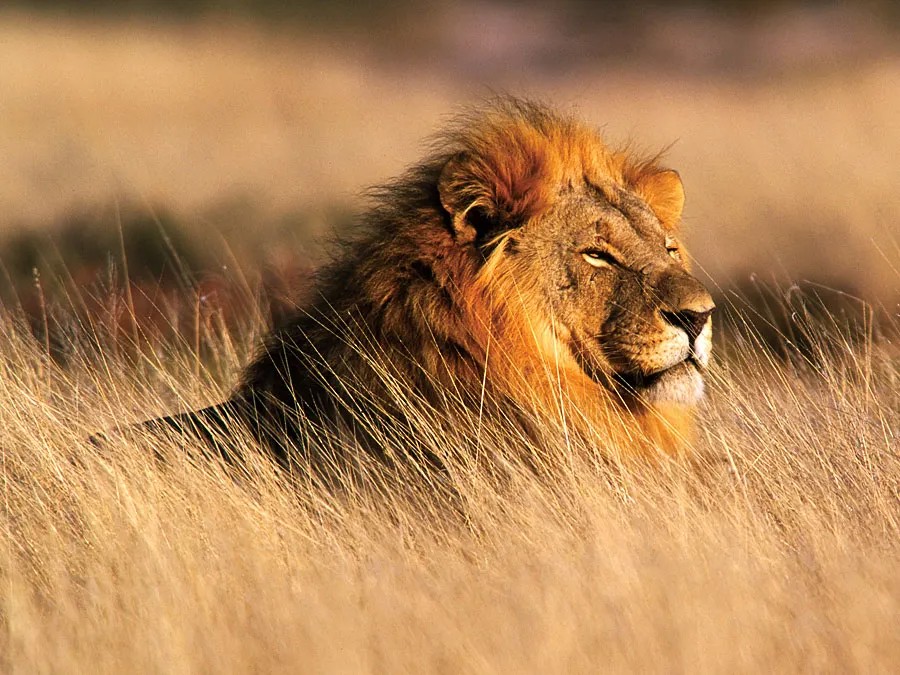- Since money can move us, shape our choices, provide security and dominate our lives, it must be handled with care.
Have you ever imagined money as a living, breathing creature? What kind of creature would it be? What would it look like? What characteristics would it possess?
Any other living creature, especially animals like the cheetah, chameleon, squirrel, and the lion, have distinguished characteristics which are unique to them.
Observing the characteristics of these animals, like the animal's movement, adaptability and dominance nature of the animals compared to money, can help us understand the nature of money.
The cheetah, for instance, is popularly known for its incredible speed races across the plains with unmatched agility. Similarly, money is rarely static. It moves swiftly, changing hands, moving through markets and shifting across borders with incredible ease.
The speed and movement create challenges too. Just as the cheetah must rest after a sprint, money can be fleeting, vanishing as quickly as it appears. This reminds us that while speed is valuable, it's not everything. Like a cheetah, money can run and slip away if we aren't careful. So, how do we capture and sustain wealth without exhausting ourselves in the chase?
Read More
A chameleon has the adaption of every surrounding because of their ability to change colour. So does money takes different roles depending on where it is, adapting to the individual, communities and national needs despite the different economies and cultures.
It might serve as a means of survival or a symbol of power or status. Just like a chameleon blending into its environment, money can disguise itself, showing one face to the wealthy and another to the poor. One colour to the spender and another to the saver.
Even though a chameleon changes colour to survive and money changes forms to meet the needs of society, the neutral nature of money makes it elusive and forces us to think critically about how to use it. Will we adapt it for good - using it to build, invest and uplift others? Or will we allow it to blend into the background, serving selfish interests and perpetuating inequality?
The squirrel spends much of it's life gathering and storing food in preparation for leaner times. This behaviour mirrors how many of us treat money - as something to be saved, secured and put away for the future. The squirrel hides its acorns; we, too, stash away savings, investments and assets hoping to safeguard our future.
A lion is primarily considered the jungle king, a symbol of power and dominance. This can clearly show the way money is often viewed in society, as a force that commands respect, grants authority and instill fear too.
Those who possess great wealth often influence and shape economies, politics, and the lives of others. Like the lion, money can be a powerful tool but can also become a source of pride, greed and control.
The lion reminds us that while money can provide strength, it can also isolate us. The lion may be a mighty predator, but it can also face constant challenges from rivals and enemies. Similarly, those who amass great wealth must navigate the complexities of maintaining power, avoiding corruption and using their influence responsibly. Wealth must be tamed and directed towards a higher purpose, like a lion, or it risks becoming destructive.
Since money can move us, shape our choices, provide security and dominate our lives, it must be handled with care. Like animals, money can serve us if we treat it respectfully and understand its nature. We can let it run wild or harness its potential to build a better future for ourselves and others.
Every day, let's remember the lessons learned from these creatures and strive to be wise stewards of our wealth. Whether money comes to us quickly or slowly, whether it changes forms or stays secure, we are always in control of it and not vice versa.












